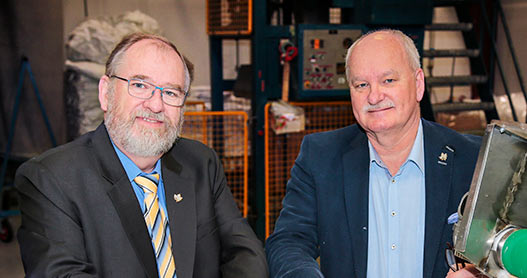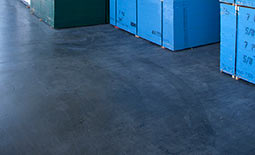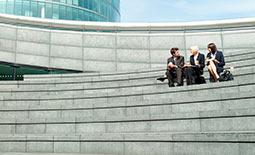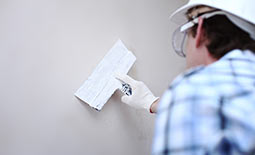
Applications of construction fibres
Fibres for shotcrete
We have developed a range of Wiking® Construction Fibres for enhancing the performance of shotcrete – both wet mix and dry mix. The fibres can reduce the amount shotcrete rebounds and prevent the formation of cracks.
Shotcrete (i.e. sprayed concrete) is a process where high-strength concrete or mortar is sprayed onto a surface, using compressed air to force the concrete or mortar through a hose at high velocity. This method of application makes shotcrete more durable than ordinary concrete.
Reduced shotcrete rebound
Spraying at high velocity is necessary for achieving a strong and durable result. However, high velocity also means that some of the shotcrete will rebound off the surface. Hence, a costly amount of shotcrete is wasted, which in some situations can amount to 40%. Also, the shotcrete that rebounds will contain the largest particles of the shotcrete mix. As a result, the thickness of the applied shotcrete may exceed the expected, and the shotcrete will be more prone to shrinkage.
By adding Wiking® Construction fibres to the shotcrete mix, the coherent nature of the mix is strengthened noticeably by mechanically binding the cement materials together. As a consequence, shotcrete rebound is considerably reduced.
Reduced plastic shrinkage
Shotcrete also suffers from plastic shrinkage cracking. However, when adding Wiking® Construction Fibres to the shotcrete mix, the capacity for tensile deformation at the plastic stage is increased, preventing the occurrence of plastic shrinkage cracks.
Wiking® Construction Fibres will also increase the shotcrete’s resistance to frost and thawing by creating a more durable surface that prevents any penetration of water and chemical fluids.
Advantages of Wiking®
Construction fibres for shotcrete:
- Reduced shotcrete rebound
- Reduced plastic shrinkage cracks
- Improved resistance to frost and thawing
- Increased adhesiveness
- Reduced permeability
Related products:
- Wiking® Micro Fibres









